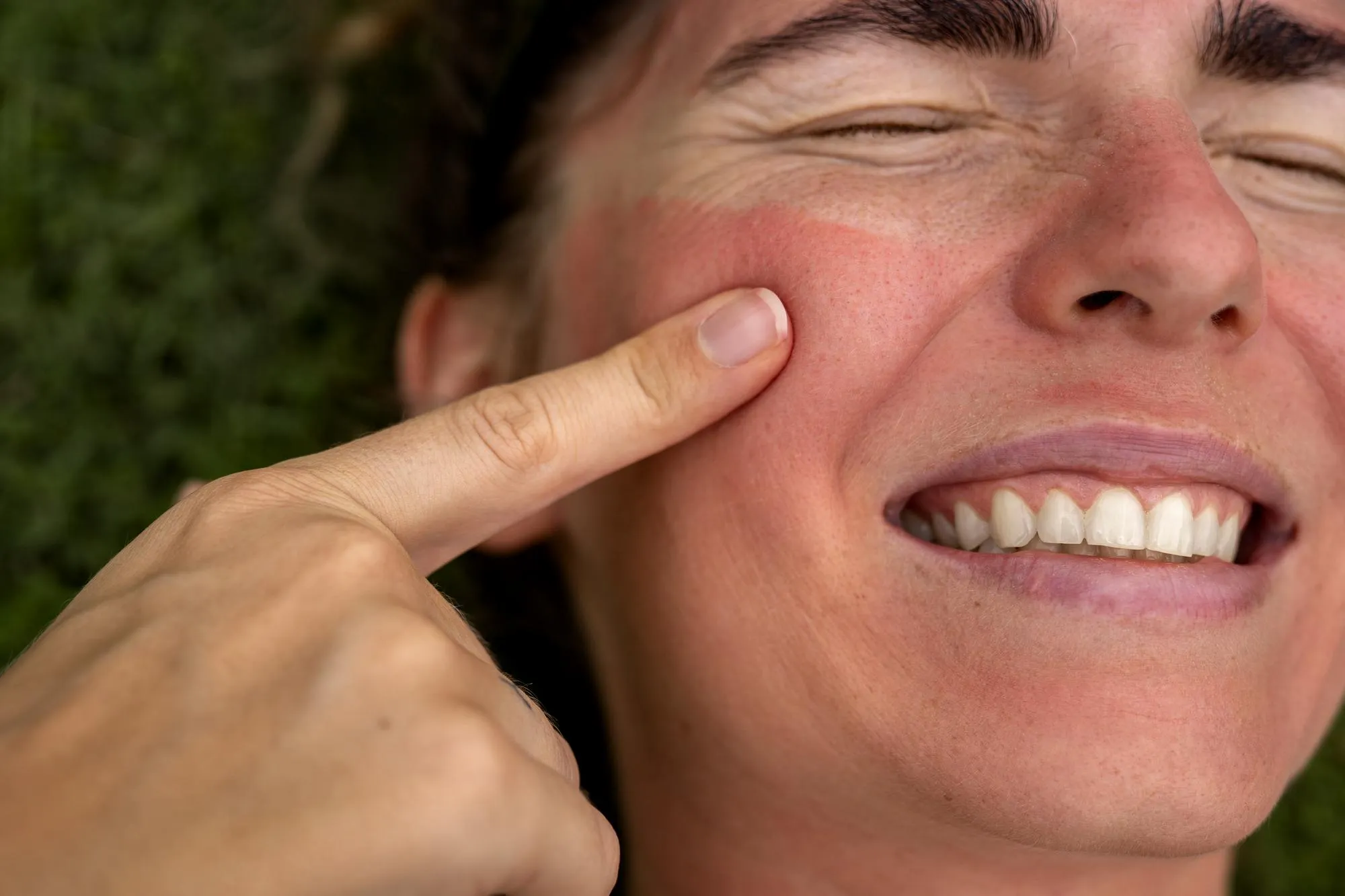- info@skinwin.co.in
- 121-122, Santosh Nagar, New Sanganer Road, Jaipur, 302021
- Mon - Sun: 10:00 Am - 07:00 Pm
Chemical Peel

A chemical peel is a cosmetic procedure that involves the application of a chemical solution to the skin, which causes controlled exfoliation and peeling. This process helps improve the texture and appearance of the skin by removing damaged outer layers and promoting the growth of new, healthier skin cells. Chemical peels can address various skin concerns, such as uneven skin tone, fine lines and wrinkles, acne, hyperpigmentation, and sun damage.
Here's a general overview of how a chemical peel is typically performed:
- Consultation: Before undergoing a chemical peel, you will have a consultation with a dermatologist, aesthetician, or skincare professional. During this consultation, your skin will be evaluated, and your specific concerns will be discussed. The healthcare professional will determine the most suitable type and strength of chemical peel for your skin type and desired outcome.
- Pre-peel preparation: Depending on the type of chemical peel and your skin's condition, you may be advised to prepare your skin before the procedure. This may involve using specific skincare products, avoiding excessive sun exposure, and discontinuing certain medications or treatments that could increase skin sensitivity.
- Procedure: On the day of the chemical peel, your skin will be thoroughly cleansed to remove any oils, dirt, or makeup. The chemical solution will then be carefully applied to the treatment areas. The specific formulation and strength of the chemical peel will vary depending on your needs. Common chemical peel ingredients include alpha hydroxy acids (AHAs), beta hydroxy acids (BHAs), trichloroacetic acid (TCA), and phenol.
- Sensation and monitoring: During the procedure, you may experience a warm or tingling sensation on the skin, which is normal. The healthcare professional will closely monitor the skin's reaction to ensure the peel is applied for the appropriate duration and to minimize any discomfort or adverse reactions.
- Post-peel care: After the chemical peel, the healthcare professional may apply a soothing ointment or moisturizer to calm the skin. They will provide you with detailed post-treatment instructions, which may include avoiding direct sun exposure, using sunscreen, avoiding certain skincare products or treatments, and gently cleansing and moisturizing the skin.



The recovery period after a chemical peel depends on the depth and strength of the peel. Superficial peels usually result in mild redness and peeling that resolves within a few days to a week. Medium and deep peels may require a longer recovery period, during which the skin may appear red, swollen, and may peel more significantly. It's important to follow the post-peel care instructions provided by your healthcare professional to ensure proper healing and minimize complications. Multiple sessions of chemical peels are often recommended to achieve optimal results. The frequency of treatments will depend on the specific peel used, your skin's response, and the desired outcome. It's essential to consult with a qualified healthcare professional to determine if a chemical peel is suitable for your skin concerns and to discuss potential risks, benefits, and expected outcomes. They can assess your skin, recommend the appropriate type and strength of chemical peel, and provide personalized advice based on your individual needs.
